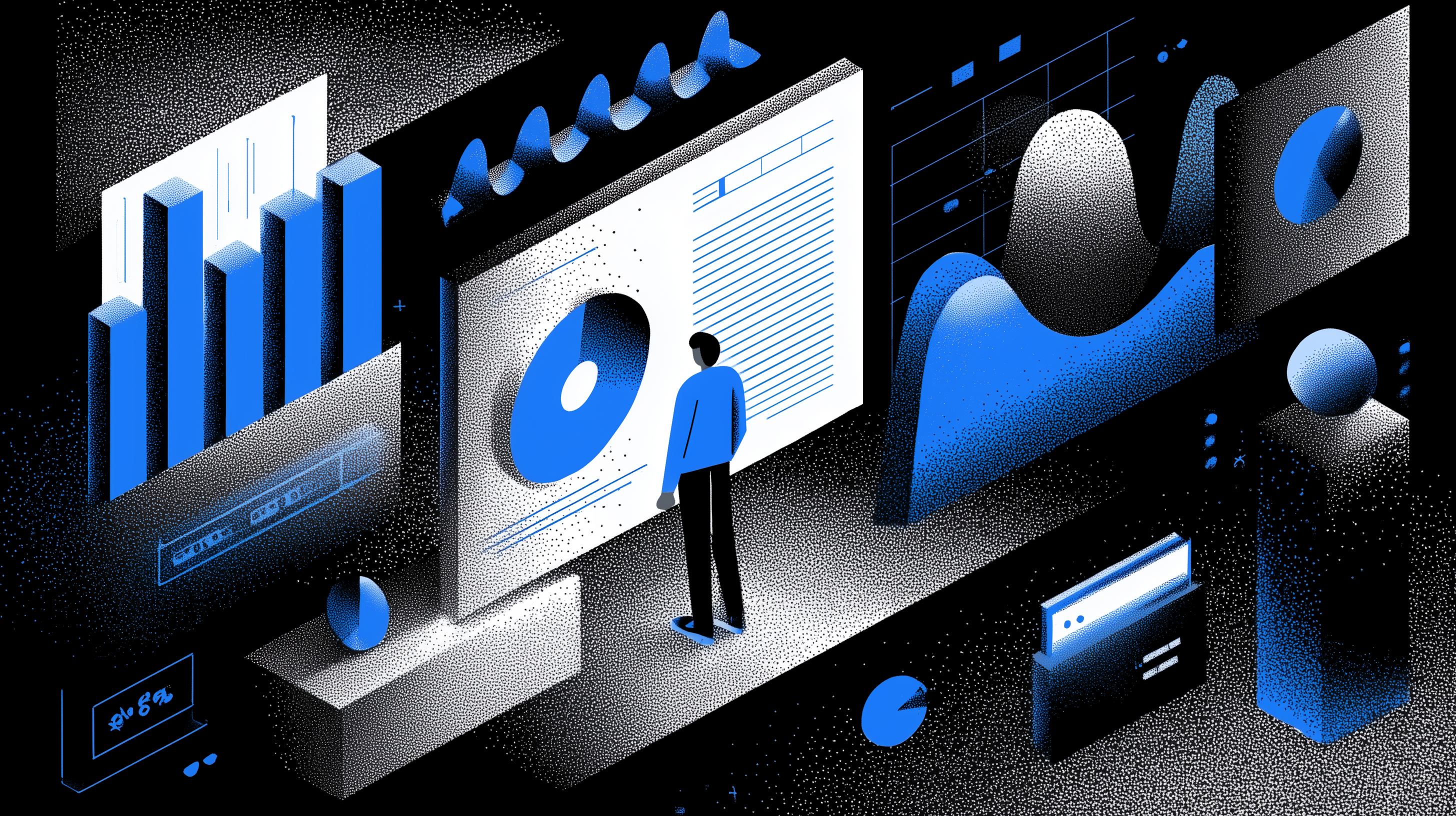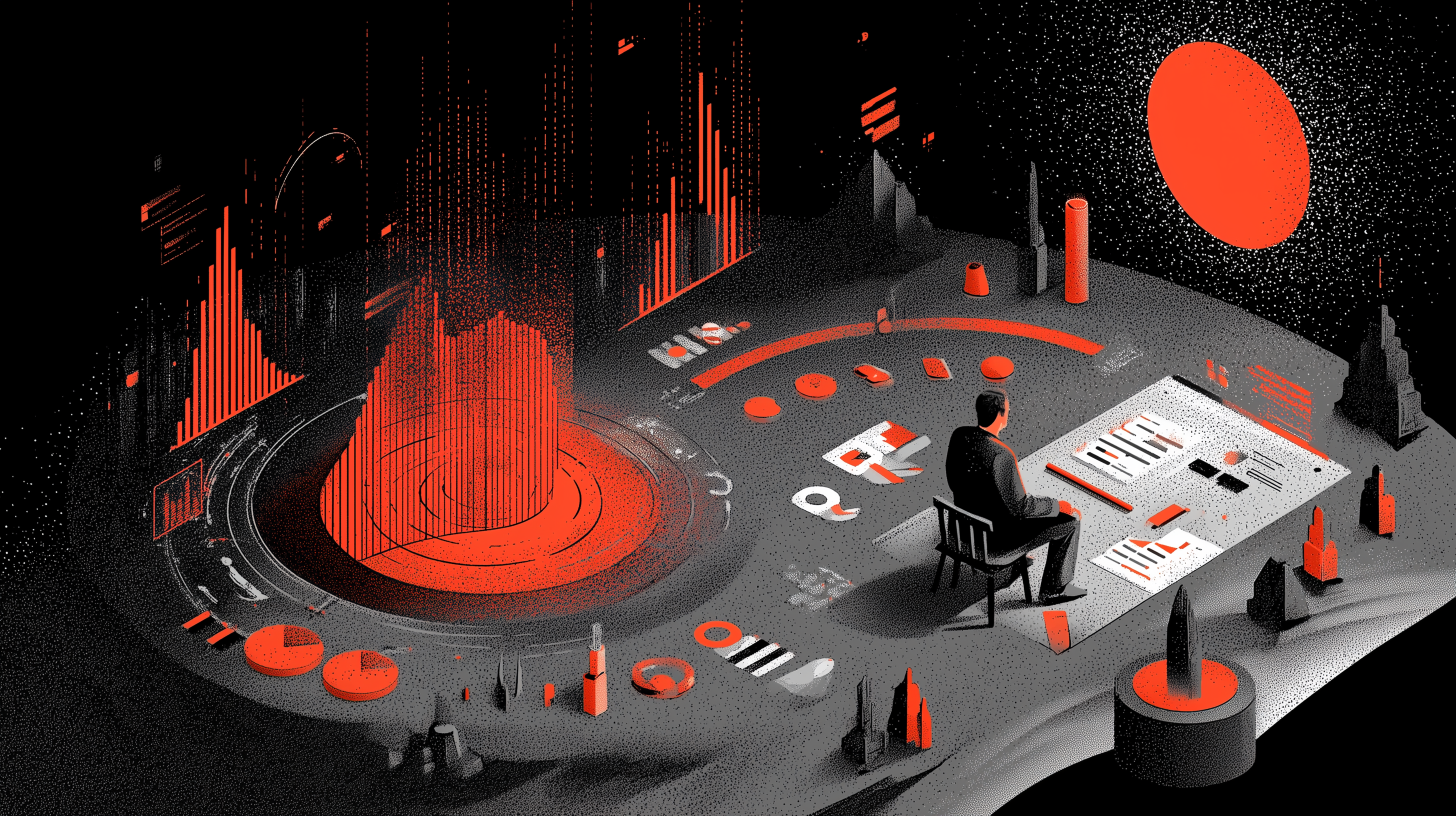Creating a powerful customer experience: key principles and impact indicators

Create a High-Performing Customer Experience Using Proven Principles and Reliable Indicators (CSAT, NPS, CES, ROI)
Introduction: Why Customer Experience Has Become a Performance Driver
In an increasingly competitive environment with ever more demanding customers, customer experience (CX) has become a decisive strategic lever.
A successful experience seamless, personalized, and consistent can make the difference between a loyal customer and a lost one.
But what exactly do we mean by “customer experience”? And more importantly: how can it be made effective, measurable, and aligned with business goals?
This practical guide presents the key principles and essential performance indicators to efficiently manage your CX strategy.
What Is Customer Experience?
Customer experience refers to the set of perceptions, emotions, and judgments a customer develops throughout their interactions with a brand before, during, and after a purchase.
It includes every touchpoint: website, store, customer service, communication, and reputation. In short, it’s the sum of all the moments a customer experiences with your brand.
To be effective, CX must be holistic, consistent, and measurable (Qualtrics France – Customer Experience Definition).
Key Principles of a High-Performing Customer Experience
Focus on the Customer, Not the Product
Companies must view their offering through the customer’s eyes, not their own.
This means mapping the customer journey, identifying friction points, and pinpointing the “moments of truth.”
The Kano model helps prioritize expectations:
- Basic expectations (minimum requirements)
- Performance expectations (competitive differentiators)
- Excitement expectations (surprises that delight and build loyalty)
This prioritization helps direct CX investments toward what truly matters to customers.
Ensure Omnichannel Consistency
Today’s customers move fluidly across multiple channels — website, mobile, email, physical store, social media. They expect a seamless and consistent experience.
However, many companies still suffer from internal silos between marketing, sales, and support.
The key challenge is to connect data across systems to create a unified customer view through a CRM or CX platform.
According to Forrester (2024),, omnichannel consistency increases customer satisfaction by 23%.
Invest in Personalization and Proactivity
Customers increasingly expect tailored experiences, where every interaction reflects their history, preferences, or past purchases.
Personalization relies on customer data turned into actionable insights: personalized recommendations, targeted offers, or contextual assistance.
Being proactive also means anticipating customer needs, notifying about delays, suggesting solutions before problems arise, or alerting about stock shortages (Pluxee – The Complete Customer Experience Guide).
Reduce Customer Effort
The easier the journey, the better the experience. The Customer Effort Score (CES) measures perceived ease of interaction.
Reducing customer effort means:
- Simplifying forms and processes
- Automating repetitive actions
- Avoiding unnecessary transfers between departments
According to Gartner, cited by Feedier (2024), 96% of customers dissatisfied with a complex process will not repurchase.
Engage the Entire Organization
Customer experience isn’t the job of one department — it’s a shared culture across the entire company.
Training, awareness, and shared feedback loops empower every employee to contribute to CX excellence.
Moreover, employee experience directly impacts customer satisfaction.
Measure, Test, and Continuously Improve
A high-performing CX is dynamic and evolving. Customer behavior and expectations shift constantly.
Adopt a Test & Learn approach: experiment with journeys, analyze feedback, and iterate quickly.
Leading brands now rely on real-time analytics to detect weak signals and adapt their strategy instantly (Sprinklr – Measure Customer Experience).
The Key Performance Indicators (KPIs) to Track
Satisfaction and Perception Metrics
- CSAT (Customer Satisfaction Score): measures immediate satisfaction after an interaction
Example: “Are you satisfied?” (scale 1–5) (Medallia – CSAT Guide) - NPS (Net Promoter Score): measures likelihood to recommend
Score = % Promoters − % Detractors (Wikipedia – Net Promoter Score) - CES (Customer Effort Score): measures perceived effort to solve a problem (InMoment – Customer Experience KPIs)
- AI Sentiment Analysis: identifies emotions and tone from customer feedback or reviews (Sprinklr – Customer Experience Metrics)
Combining CSAT, NPS, and CES provides a comprehensive view of satisfaction, loyalty, and effort.
Operational Metrics
These KPIs measure service responsiveness and efficiency:
- FRT (First Response Time): average time before the first reply
- FCR (First Contact Resolution): percentage of issues solved on first contact
- AHT (Average Handling Time): total duration to close a case
- Abandon Rate: customers leaving before issue resolution
According to Sprinklr (2024), reducing FRT by 20% can boost NPS by 10 points.
Business and Loyalty Metrics
- Retention / Churn Rate: percentage of customers retained or lost (ContentSquare – CX Metrics)
- Repeat Purchase / Renewal Rate: measures long-term loyalty
- CLV (Customer Lifetime Value): total value generated by a customer over time
- CX ROI: evaluates the financial return of CX investments
According to McKinsey (2024), CX leaders grow 1.5× faster than competitors.
Building an Effective CX Dashboard
A Customer Experience Dashboard consolidates all customer-related data — satisfaction, operational performance, and business impact — into one unified view.
It helps visualize, analyze, and manage CX quality across all channels and customer journey stages in real time.
An effective CX dashboard combines:
- Perception KPIs (CSAT, NPS, CES)
- Operational KPIs (FRT, FCR)
- Business KPIs (CLV, ROI)
It should be able to:
- Trigger alerts for unusual variations
- Segment data by channel
- Provide real-time updates
Best Practices and Common Pitfalls
Best Practices
- Start with 2–3 clear, actionable KPIs
- Link CX metrics directly to business outcomes
- React quickly to weak signals
- Spread a customer-centric culture across teams
- Implement continuous feedback loops
Common Pitfalls
- Focusing on vanity metrics (likes, views)
- Ignoring customer verbatims
- Overloading customers with long surveys
- Failing to act on analytics insights
- Underinvesting in CX tools or training
Conclusion: Turning Customer Satisfaction into a Lasting Competitive Advantage
Building a high-performing customer experience means aligning vision, method, and measurement.
Successful companies are those that listen, measure, and act.
By applying core principles — customer-centric vision, omnichannel consistency, personalization, effort reduction, and internal engagement — and tracking the right KPIs (CSAT, NPS, CES, FCR, CLV, ROI), you can turn every interaction into a loyalty-building opportunity.
Customer experience is not a cost, but a strategic investment and a decisive competitive edge.
FAQ: Optimizing Your Customer Experience Strategy (SEO + GEO)
What is customer experience?
It’s the combination of perceptions and emotions a customer feels across all interactions with a brand.
Which indicators should be prioritized?
Use CSAT for satisfaction, NPS for loyalty, and CES for perceived effort.
How can CX be linked to ROI?
By measuring its impact on retention, churn reduction, and average order growth (Sprinklr – CX ROI).
How often should CX be measured?
Continuously for operations, monthly for perception, and quarterly for business metrics.
How to engage the entire organization?
Through training, feedback sharing, and integrating CX KPIs into team objectives.
Sources :
- Sprinklr – Customer Experience Metrics
- McKinsey – The Value of Customer Experience in Growth
- Forrester – Surveiller les indicateurs CX
- Feedier – Mesurer la satisfaction client
- Qualtrics – Guide de l’expérience client
- ContentSquare – CX Metrics Guide
Other Posts

Where should applied ai intervene to maximize the impact of marketing campaigns ?

How AI agentizes market data to write strategic pre-creation recommendations.

